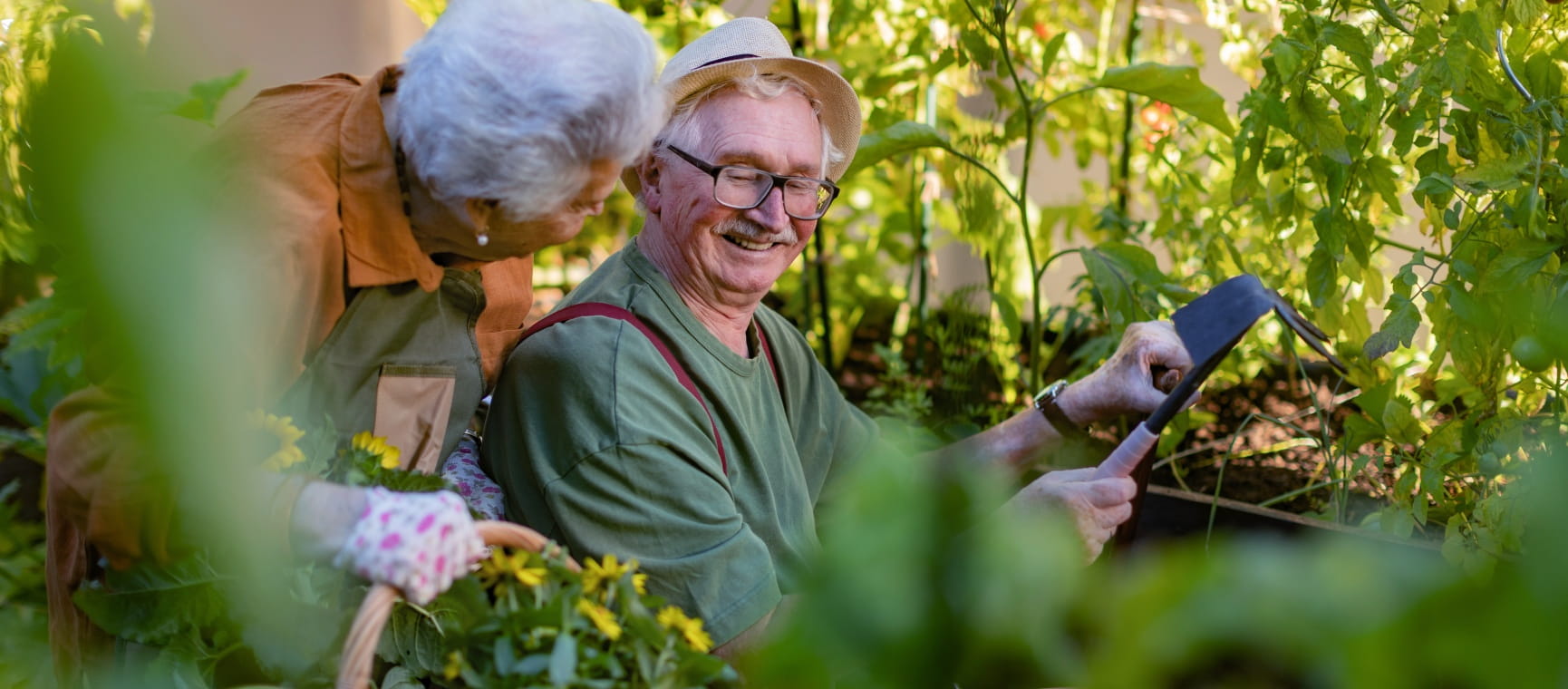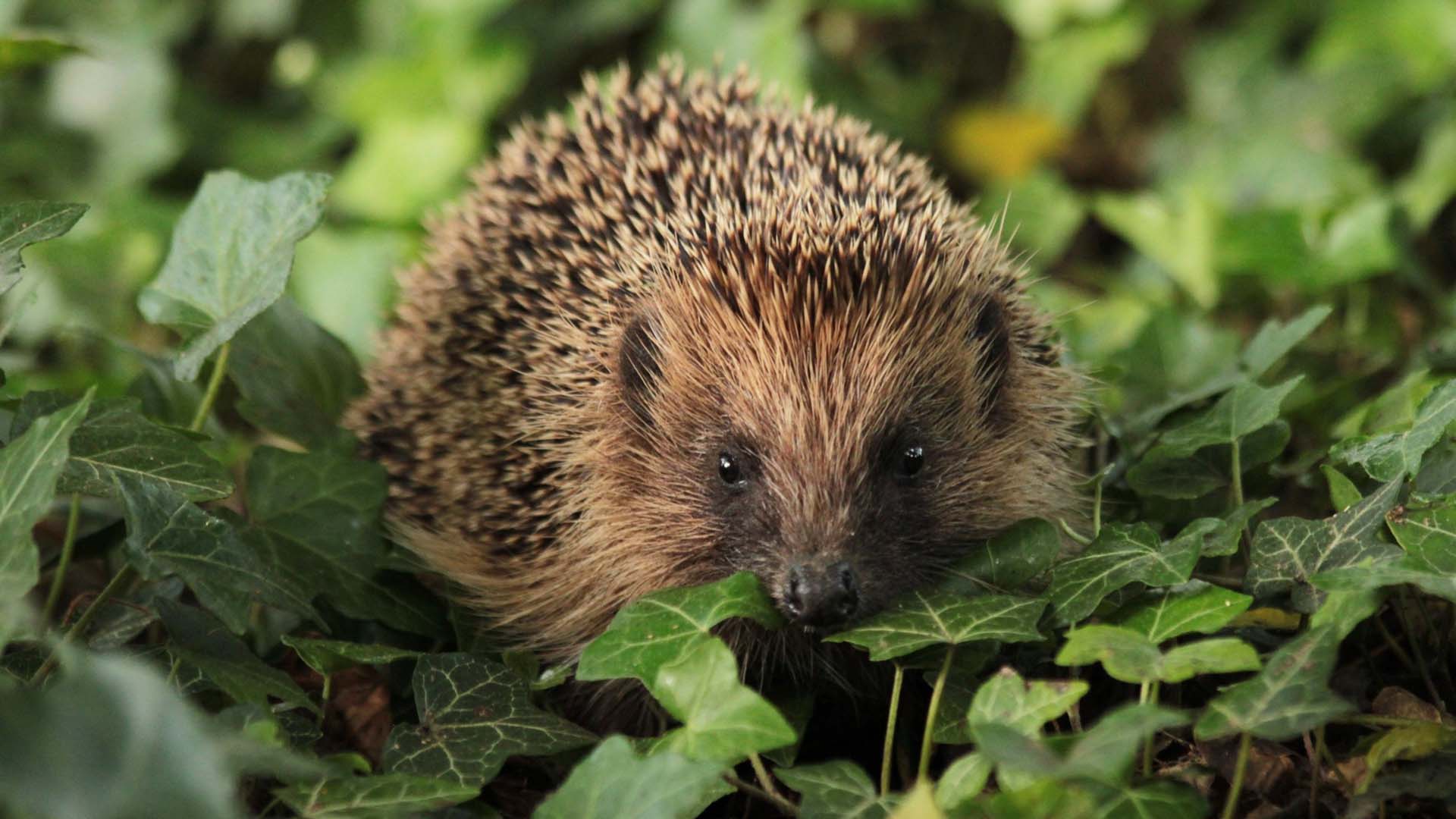How to grow sunflowers and add cheer to your garden
Bring one of summer's most cheerful flowers into your garden, with expert advice on how to grow sunflowers from seed.

Bring one of summer's most cheerful flowers into your garden, with expert advice on how to grow sunflowers from seed.

Does any other plant embody summer quite like a sunflower? Their cheery faces peering over garden fences on long, warm afternoons can brighten up your day in an instant.
Knowing how to grow a sunflower yourself is handy. Not only because the plant is loved by pollinators, but sunflowers make a wonderful growing project for yourself, or as a joint effort with young children.
Perhaps you have a competitive streak in your family, or enjoy a bit of friendly gardening rivalry with your neighbours?
If so, why not start growing your sunflowers on the same day to see who wins the ‘Tallest Sunflower Grower’ title at the end of summer? (You’ll have to top 9.17m (30ft 1in) to beat the current Guinness World Record for the tallest sunflower.)
We'll tell you how to grow a sunflower at home, as well as look at how you can protect your plant from pests.

Sunflowers can be sown indoors in pots, or directly into the soil outdoors. The sowing season is usually between March and May, starting after the final frost, with seedlings appearing around 14-21 days after planting. It’s no surprise that sunflowers need sun to flourish. Lots of sun.
“Sunflowers thrive in warm temperatures, so select a sunny spot in your garden that receives direct sunlight,” says Emma Fell of Hillier.
“Before planting, it's crucial to prepare the soil. Sunflowers prefer loamy soil [a mixture of sand, silt and clay] rich in organic matter, as they are very hungry plants. Remove any weeds, rocks or debris from the planting area. Loosen the soil to a depth of 15-20cm (6-8in) using a garden fork. Mix in compost or well-rotted manure to enrich the soil.”
If you’re sowing your sunflower seeds in pots, make sure they’re kept on a warm, sunny windowsill to give them the best chance at germination.
I personally use Verve Giant Sunflower Seeds, which I bought from B&Q for £2.20. The packet recommends sowing the seeds directly outdoors, planting two seeds together every 45cm (18in). If both seeds germinate, remove the smaller one and leave one strong, healthy one in each spot.
Your packet’s instructions might vary, so make sure you stick to the advice given for the cultivar you’re planting.
Push the pair of seeds down below the soil’s surface to 1.5cm (just over half an inch). I used my fingernail as a rough guide. Keep the soil moist as you wait for the seedings to pop their green heads above the surface. Other cultivars of sunflower might need sowing deeper, around 2.5cm (1in).
Sunflowers should be spaced between 15 and 30cm (6-12in) apart, according to Fell. She recommends planting sunflowers in rows or clusters for the most stunning display.
“Keep the soil consistently moist during the germination period,” she adds. “Once the seedlings emerge, water deeply once a week, ensuring the water reaches the roots. As the sunflowers grow, water more during dry spells or extreme heat.”
You should be rewarded with large, petal-lined sunny faces between June and September, depending on when the seeds were sown.

Not everyone has access to a garden. But this doesn’t mean you can’t attempt your own sunflower growing project at home. You might also be wary of sowing sunflower seeds directly outdoors due to worries about damage from slugs and other pests.
The key to growing sunflowers successfully indoors is, much like outside, access to full sun.
I have sown my seeds on south and west-facing window sills that receive tons of sunlight and heat. (My cat also acts as a great barometer for knowing which window sill I should keep my pots on. Wherever he’s napping in the sun, that’s where you’ll want to keep your sunflower plants.)
Fill individual pots with peat-free compost (ideally seed compost) and sow the seeds to the same depth as you would outside.
Gardener David Domoney recommends sowing the seeds on their sides (though opinions on which direction to face the seed vary). Keep them somewhere sunny and warm, making sure the soil remains moist, until they’ve germinated.
If you plan to eventually plant the sunflowers outside, Domoney says on his website: “When the seedlings have two sets of leaves, begin hardening them off. Take the pots outside on warm days and bring them back in at night.
"Continue this for a week to acclimatise the plants to outdoor conditions. Then plant them in prepared soil in the garden and water well.”

There’s no reason you can’t have a stab at growing your sunflower indoors to see if it flowers. Making sure your indoor sunflowers receive enough sunlight is one of the most important factors, but so too is the size of the pot it’s growing in, and how much you water it.
“If they are still in a small pot, the most likely cause [of sunflowers dying] is over- or under-watering,” writes gardener Sarah Raven.
“Get them planted in the ground and they can find the water and food that they need, or a much larger container that will give them a good root run.”
To reach its full flowering potential (and climb to its full stature) you might want to feed your sunflower.
“Apply a balanced, slow-release fertiliser with a good source of nutrients, such as Phostrogen Organic All Purpose Plant Food (Amazon, RRP £7.50) when the sunflowers reach a height of 15-20 cm (6-8in),” advises Fell.
This will help to minimise the risk of them falling down in bad weather, or gravity getting the better of their rather weighty heads.
“Install stakes or a trellis near the plants and gently tie the stems to them,” says Fell. “This will help the sunflowers withstand strong winds and heavy blooms.”
The same applies for indoor sunflowers too – though they’ll be protected from weather, their large heads will still call for stem support.
Slugs and snails can devastate young sunflowers, thankfully, though, the risk reduces as the plants grow older and can fend for themselves.
However you choose to keep slugs out of the garden, it’s one gardening job you’ll need to remain vigilant with once you know how to grow a sunflower.
Aphids, on the other hand, can be a bit of an ongoing nuisance. If your sunflowers are sticky, it’s usually an indication of aphids, according to Raven, as they secrete ‘honey dew’.
“This can result in a nasty, sooty mould,” she says. “So, it’s best to search out the aphids, squash them and hose off the honey dew.”
Squashing aphids sounds cruel, but it’s a useful way to solve a wider problem on the plant. This is because squashing an aphid attracts their natural predators “to the feast”, according to Raven, which includes ladybirds and hoverflies.
Once the predators are aware of the infestation, they should help to control the aphid population.

Pollinating sunflowers can provide food for humans and birds at the end of their flowering season with their seeds. There are some pollenless varieties available (check to see if yours is producing sticky golden pollen) – these are often used by florists as cut flowers. Harvest the sunflower seeds by cutting off the head once it’s finished flowering.
Pop the cut head in a dry, warm place, such as on a sunny window sill or in a warm cupboard. You’ll be able to gently massage the seeds out of place once the head has fully dried.
The seeds are a nutritious snack and can be saved for sowing the following spring. If you won’t eat the seeds and don’t need to keep some for planting next year, Raven recommends leaving the seed head in place to dry in your garden. This is because a common bird-feeding mistake people make is that they don’t provide snacks with the right nutrition birds need.
Sunflowers are a great natural solution for a feeding station for your garden birds, she says.
Rosanna Spence has been a journalist for 10 years, reporting on a huge array of topics – from microwaves to cocktails, sustainable buildings, the Caribbean islands and beyond. She’s interviewed chefs at the helm of Michelin-starred restaurants and chatted to countless CEOs about their businesses, as well as created travel guides for experienced travellers seeking life-changing adventures. Throughout her career, she has created content for Business Traveller, i-escape.com, Pub & Bar, BRITA, Dine Out and many more leading titles and brands.
View author page

Saga Home Insurance comes with garden cover included. Find out what’s included and get tips to help secure your garden.





Blighted by buzzing? How to keep wasps out of your garden without harming them so you can enjoy the summer.

Our expert pruning and watering hacks include a top tip to keep them flowering from Alan Titchmarsh.


Want to know how to get rid of dandelions? Advice on how to tackle them but why they might be worth sparing.
